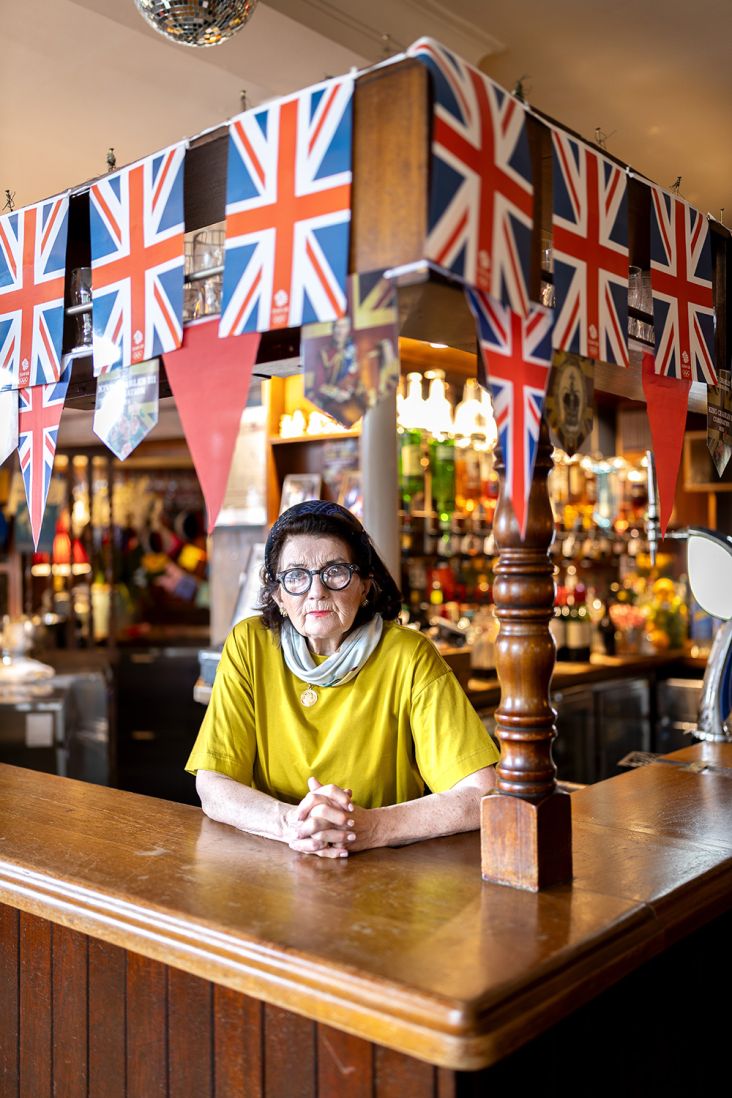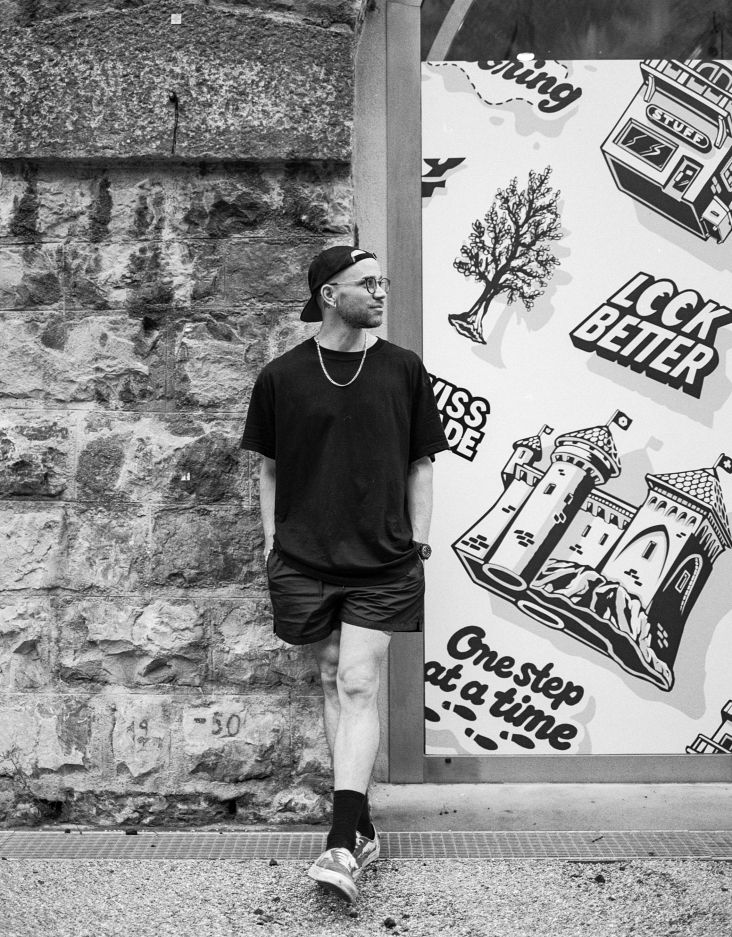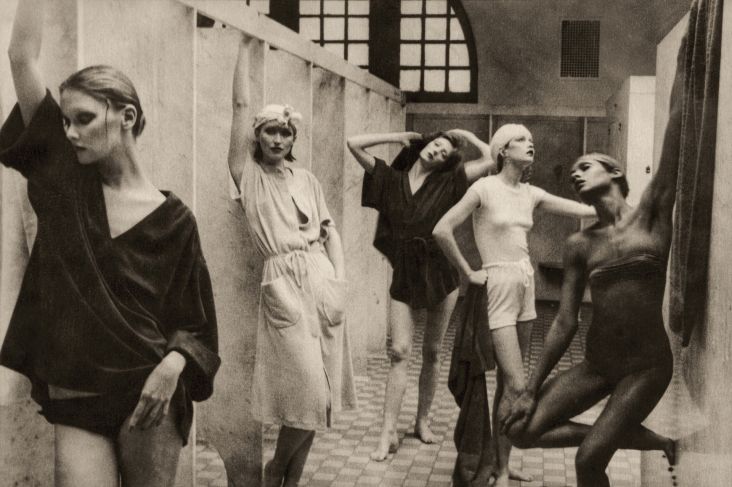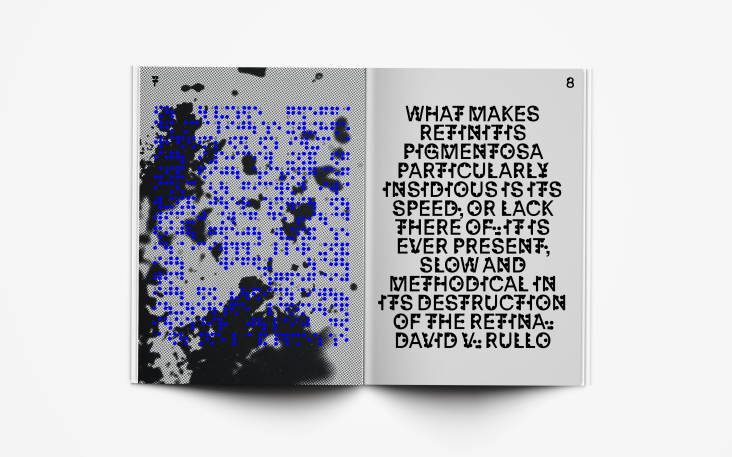Site Lines: Jill Gill's New York City streetscapes are a love letter to a lost world
Five decades of New York City have been captured by Jill Gill in Site Lines: Lost New York 1954-2022, a new collection of her beautiful streetscape paintings published by Goff Books.

New York is renowned for being a city that never sleeps, but it's also a city that doesn't stay the same. For more than five decades, born and bred New Yorker Jill Gill has been capturing its myriad evolutions in her stunning watercolour and ink paintings, which have now been collected for a new book with accompanying essays by New York Times columnist John Freeman Gill and Marc Hacker.
Titled Site Lines: Lost New York 1954-2022, the book due for release in December contains more than 100 of Jill's paintings of buildings, people and vehicles that have slowly faded into history. Incredibly realised in Jill's own inimitable style, these paintings act as a cross between a time machine and a time capsule, propelling readers back to a New York that no longer exists.
Designed to engage with locals and tourists alike, Site Lines is described as a love letter to a city that was. By studying its sumptuous images, the book hopes to make the case for preserving "the historic building fabric" of New York City.




For Jill, the decision to focus on New York City as a subject is a personal one. "Manhattan is my hometown, and I'm protective of it," she tells Creative Boom. "It is my personal territory – I adore the variety of those unplanned streets that just grew, where lives were lived in walk-up apartments by the Third Avenue El that came down in 1955.
"I preserve, in watercolour and ink, the unremarkable, un-landmarkable blocks that preservationists do not save but that were such important strands in the fabric of the city. Losing these generic blocks to glass and steel makes the city more impersonal."
Part of the charm of Jill's paintings is that they are not slavish, lifeless recreations of the world around her. The New York City in her artwork has a bustling, somewhat jumbled quality, which perfectly evokes the busyness and jostling streets of the Big Apple.
"My paintings derive from the scores of photographs I take of a favourite block when I learn it is to be demolished, photos taken straight along the block so its details are not lost in perspective (which I never studied and don't understand)," Jill explains.
"A painting can soon follow, in the heat of passion, or wait years to be recorded. I paint on my bed, multiple photographs from different vantage points spread out around me. I was an English Major, so finding I can make these paintings is a mysterious process."




Amongst Jill's personal favourites of the collection include the Helen Hayes Theatre – "glamorous old Broadway amidst commercialised former brownstones" – the MoMA before it was eaten up by 53rd Street's former private brownstones and mansions, and the cover painting of what she describes as a "tenement sandwich" between the commercial skyscrapers on Third Avenue.
Yet despite having a jaunty and playful quality, author and architectural critic Paul Goldberger warns that Jill's paintings should not mislead you. "They are fun to look at, but they tell the profound story of a city evolving, not always for the better," he reveals. "Jill Gill has recorded New York with love and insight, and her book is at once an elegy, a personal tale, and an exquisite historical document."
Meanwhile, John Tauranac, a writer on New York City history and architecture, says: "Jill Gill is the rare painter who can write and the rare writer who can paint, and she does both with charm and grace and with an eye for details unseen by mere mortals. Her Lost New York series makes the city found again."
























